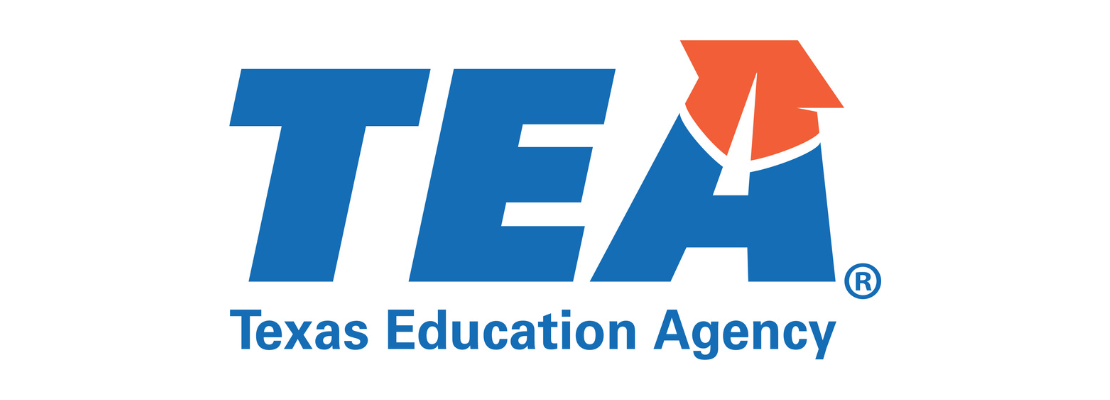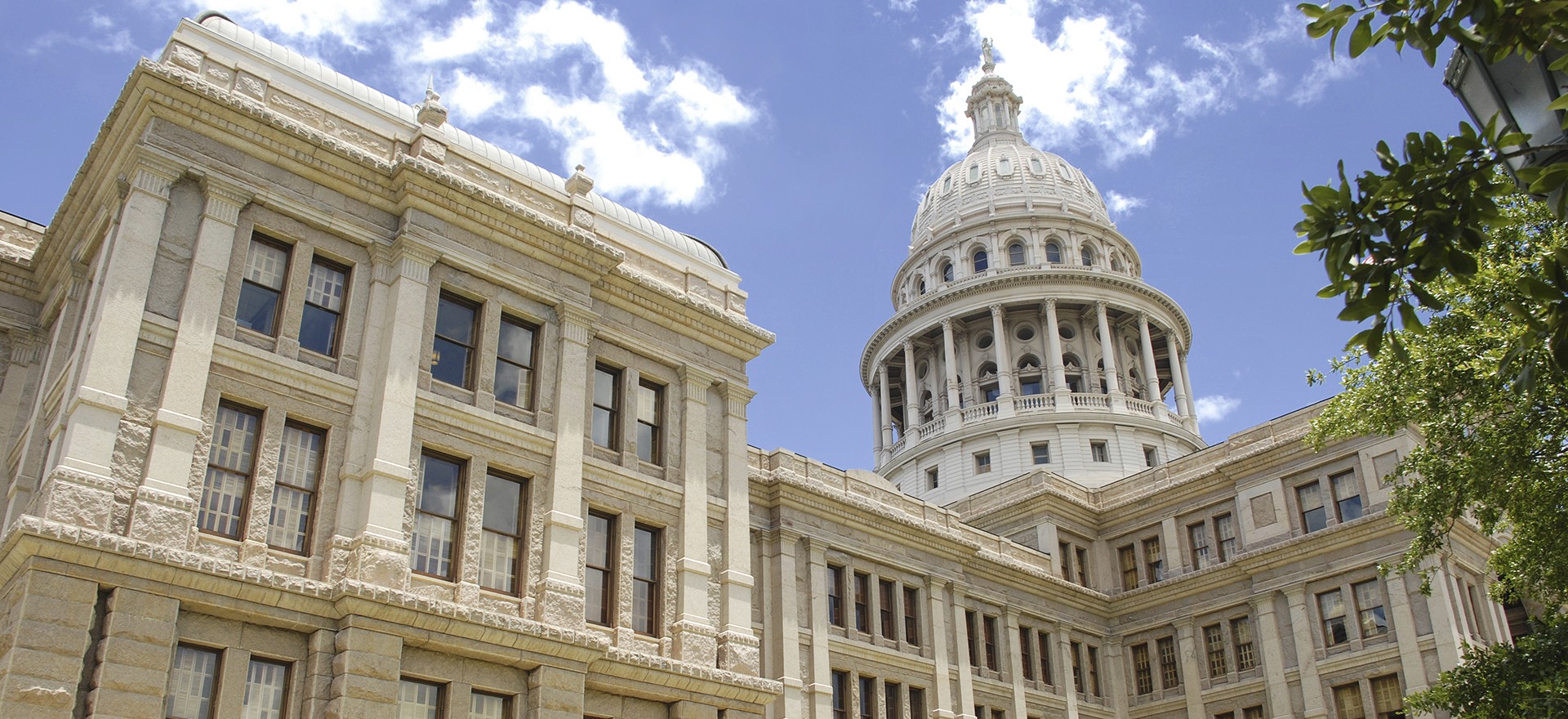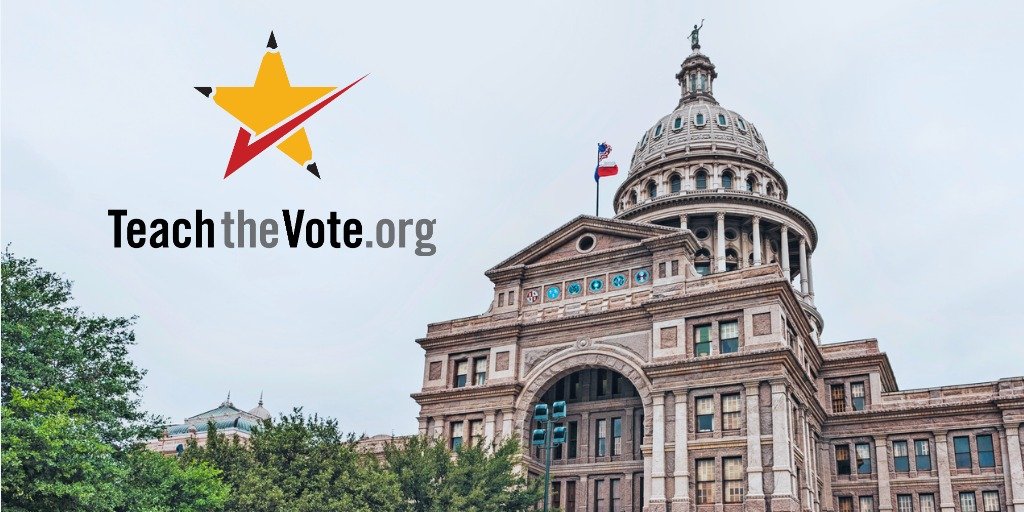From The Texas Tribune: Texas lawmakers will have $188.2 billion available for the next budget after record-breaking revenue growth

School Finance Texas Legislature
Date Posted: 1/10/2023 | Author: Karen Brooks Harper, The Texas Tribune
By Karen Brooks Harper, The Texas Tribune
Regarding Comptroller Glenn Hegar’s Biennial Revenue Estimate, ATPE Executive Director Shannon Holmes offered the following statement:
“With the comptroller projecting a budget forecast that offers 26.3% in funding more than the current state budget, the Legislature has ample resources at its disposal to address our state’s most pressing needs. At the top of that list should be public education, including a pay raise for educators and a cost-of-living adjustment for retired educators, as well as strategies to make the education profession more attractive and rewarding.
“Also critical is school safety. We urge lawmakers to dedicate funds to increasing student access to mental health professionals and nurses, modernizing and securing school facilities, and improving the preparedness of school staff and other first responders to identify and address crises.
“We have an incredible opportunity to do the right thing to support our public schools for the 5.4 million Texans who attend them. What would not be right would be dedicating these funds to a private school voucher scheme unaccountable to taxpayers.”
Texas is projected to have $188.2 billion available in general revenue for funding the business of the state over the 2024-25 biennium — an unprecedented 26% increase from what lawmakers had during the last budget cycle, Texas Comptroller Glenn Hegar said Monday in his biennial revenue estimate to state lawmakers and leaders.
It’s far more money than legislators have ever had at their disposal, with an increase in available funds that dwarfs any previous jumps between cycles, thanks largely to a tax-collection windfall that left the state flush with cash, Hegar said.
"The amount of projected revenues give the state a remarkable, a truly once-in-a-lifetime opportunity, for historic actions in this legislative session," Hegar said.
It’s also more than the Texas Constitution and state law will legally allow them to spend, barring any special legislative action to bypass those spending limits.
The estimate comes one day before the Texas Legislature convenes on Tuesday. It includes an anticipated $165.9 billion in new revenue, the vast majority of which comes from sales and energy taxes collected by the state and can only be spent in the next cycle.
It also includes a historic $32.7 billion in state dollars expected to be left over in Texas coffers from the 2022-23 biennium, thanks to “vigorous economic growth,” gas prices, inflation and other factors in the past 18 months, he said. All but $10 billion, which is reserved for highway funds and the state’s rainy day fund, is available for general spending, Hegar said.
That pot of money can be spent before August to supplement anything the lawmakers need for the current budget.
Unless legislators choose to dip into the Economic Stabilization Fund, the official name for the state’s so-called rainy day fund, that fund is expected to have an all-time high balance of $27.1 billion by the end of the 2024-25 biennium, Hegar said Monday. The rainy day fund is separate from the $32.7B left over in the state treasury from the last cycle and is not included in Monday’s overall funds-available estimate.
State revenue from all sources is expected to reach $342.3 billion for the 2024-25 biennium — including $108 billion in federal income and about $68 billion from other revenues, such as fees, both of which are dedicated for particular purposes and thus not available for general-purpose spending on things like law enforcement or property tax relief.
The current two-year budget period, which ends in August, totalled $265 billion in state and federal funds, including an initial $119 billion in general revenue — a number that is expected to top $150 billion before the cycle ends.
Monday’s budget estimate reflects a robust economic rebound as the state worked to recover from the COVID-19 pandemic but accounts for an expected mild recession this year — albeit a “relatively shallow and short” one for Texas — and a resulting slowdown in consumer spending, employment and personal income levels, said Hegar, a Republican entering his third term as comptroller.
It is also indicative of a painful period, economically, for Texas taxpayers, Hegar said.
"We cannot and will not lose sight of the fact that every tax dollar received by the state is coming out of taxpayers pockets," he said.
In spite of an economic situation that Lt. Gov. Dan Patrick recently referred to as a “sky full of rainbows,” Hegar on Monday urged foresight and frugality. The numbers could be affected by efforts by the Federal Reserve to reduce inflation — which could deepen a recession, Hegar said — and whether conditions in other parts of the world, such as Russia and China, cause oil and gas prices to become more volatile than usual, among other factors.
"I must advise some caution as these decisions are made. Bluntly, don't count on me to announce another big revenue jump two years from now," Hegar said. "It's important to be able to maintain some type of reserve fund."
State revenue depends largely on sales taxes — about 53% of the total is expected to come from sales tax in the next budget cycle. But it also includes sizable revenues from oil and gas severance taxes, as well as motor vehicle fuel and sales taxes and franchise taxes collected on alcohol.
Patrick echoed that note of caution, saying Monday that while the estimate presents "further proof of the true might of our economy," lawmakers must continue their conservative approach as a recession may be looming.
“There are a range of challenges facing our state — first and foremost, reinforcing our grid with dispatchable power — but I am confident that we can continue to strengthen Texas so it remains the best place to live, work, raise a family and start a business,” Patrick said.
House Speaker Dade Phelan said the excess revenue is "welcome news" for lawmakers and gives them more of an "opportunity" to craft a conservative budget."While there are countless conversations to be had over the next 140 days over how these state dollars should be allocated, I am confident that our members will take into consideration the range of issues facing our state and best determine how to keep Texas the best place to live and work for families and businesses," Phelan said
Subject to change
The revenue estimate is the primary responsibility of the state comptroller and projects for legislative budget writers how much money Texas will collect from its residents and businesses during the next biennium.
The comptroller is the state’s chief tax collector, revenue estimator and check writer. Hegar’s most high-profile time is during the legislative session, when he keeps lawmakers apprised of how much money is available to them as they decide how to fund the operations of the state in the new biennium. Because the Texas Legislature meets every two years, lawmakers craft a two-year budget.
Passing a balanced budget — one that spends no more than what is expected to be available — is the only thing the Texas Legislature is constitutionally required to do during its regular 140-day session.
Lawmakers are expected to pass the budget before the session ends in late May.
Monday’s estimate for the next budget cycle could be updated later in the session, as lawmakers get closer to wrapping up budget negotiations and the comptroller’s team of economic forecasters and researchers gathers the most current economic information.
The projection figure is also subject to change throughout the biennium as economic conditions shift — as they did during the last two years.
When actual collected revenue is higher than what the budget anticipated, the state can wind up with more money than it had planned to spend, as it has now.
When the actual revenue drops, it can result in a deficit that has to be dealt with in the following cycle.
Hegar has likened the revenue estimation process to the challenge of projecting what one’s own bank account might look like more than two years into the future: One can make an educated guess, but the future — especially one impacted by economic swings and a chaotic political environment — cannot be predicted with any certainty.
Spending the cash
Part of the state’s comfortable economic position heading into the session is due to the balance that will be left in state coffers at the end of this current budget cycle, what Hegar estimated Monday at $32.7 billion. That number won’t be finalized until after the receipts are all in later this year and legislators determine during the session whether to spend any of the carryover balance before the end of August.
In addition to the “vigorous economic growth” that ballooned the state’s revenue since the end of COVID-19 pandemic restrictions, Hegar said, spikes in energy prices and the highest rate of general price inflation in 40 years also caused state tax collections to surpass what was expected when lawmakers approved the last budget.
That ending balance also reflects $3.8 billion in savings due to federal pandemic dollars replacing state taxpayers’ dollars, as well as savings by the state on school funding due to skyrocketing property taxes that reduced the state’s obligation to schools by about $4.3 billion, he said.
Bob Popinski, senior director of policy at at the public education advocacy group Raise Your Hand Texas, said with the historic amount of revenue, he hopes that lawmakers prioritize their spending on public education such as raising the base amount of money that schools get per student, which is at $6,160 and has not changed since 2019."With double-digit inflation, this means our education dollars do not go as far as they used to, and it is time to push the Texas Legislature for an inflationary adjustment to the basic allotment," Popinksi said.
State law and the Texas Constitution already create roadblocks for lawmakers who may be tempted to spend all of the state’s available revenue this cycle, even if it’s for pressing state issues like property tax relief, schools or state workforce, or one-time investments like water infrastructure and broadband.
Those spending limits have been set at a 12.3% increase over spending in the current biennium, allowing lawmakers up to about $12.5 billion more in general revenue to spend for the next two years, according to current budget numbers. That dollar figure could go up if lawmakers pass a supplemental budget bill this session that increases spending over the next two years, but it is still well under the amount expected to be available to lawmakers.
Anything beyond the limits would require a politically risky vote to bust the spending cap, or another budgeting strategy to work around those limits.
"Spending limits are extremely important. They have served Texas very well over the years and will continue to," Hegar said. "With that said, being able to take some of these dollars and possibly set it aside to be utilized in the next upcoming years for, whether that is infrastructure funding or property tax relief, would be a prudent decision to make and I think that's something that the Legislature will be discussing later on this session."
Patrick is among state leaders who advocate saving some of the leftover cash in state coffers as well as the money in the rainy day fund — while spending a considerable portion of it on property tax relief as the top priority.
Asking voters to approve other measures that would spend the money on areas such as mental health or the power grid would shield those dollars from the constitutional cap as well, Patrick said.
“The public says be smart with the money, don’t spend all the money, and address the needs,” Patrick said in December. “I would not be in favor of busting the spending cap, and I don’t think the members are. But if you go to the people, then the people have made that decision and it empowers the voters to say yes, I want to spend X dollars on the grid. I want to spend X dollars on mental health care.”
It’s not a new strategy, but critics of that idea say that constitutional amendments would further tie up dollars for a budget that is already 80% restricted to specific purposes.
“The budget eventually would just be on autopilot,” said Eva DeLuna Castro, a budget analyst for the progressive think tank Every Texan. “I mean, why even have a legislative budget process at that point?”
Advocates for child and family services in Texas say the estimate presents an unprecedented opportunity to address critical shortages in areas like student mental health and the lack of high-qualify affordable health care.
"A number of critical services ... are dealing with staffing shortages and years of underfunding," said Stephanie Rubin, CEO of Texans Care for Children. "This session, there’s no excuse for shortchanging services that kids and families rely on.”
"Texas lawmakers will have $188.2 billion available for the next budget after record-breaking revenue growth" originally appeared in The Texas Tribune at https://www.texastribune.org/2023/01/09/texas-budget-revenue-estimate/. The Texas Tribune is a member-supported, nonpartisan newsroom informing and engaging Texans on state politics and policy. Learn more at texastribune.org.
CONVERSATION
RECOMMENDED FOR YOU

11/05/2025
TEA releases updated guidance on AP and IB exam subsidies
The cost of an AP exam for eligible Texas public school students can be as low as $26 if districts and campuses take advantage of all available assistance, expanding access to advanced academic opportunities.

11/05/2025
That’s a wrap: Election Day 2025 results
Two property tax amendments will lower tax bills for many homeowners but will likely increase pressure on the state’s ability to maintain current levels of school funding.

10/31/2025
Teach the Vote’s Week in Review: Oct. 31, 2025
The school lunch program remains funded (for now). Plus: Election Day is Nov. 4, and ATPE and The Texas Tribune partner for TribFest Nov. 13–15 in Austin.

